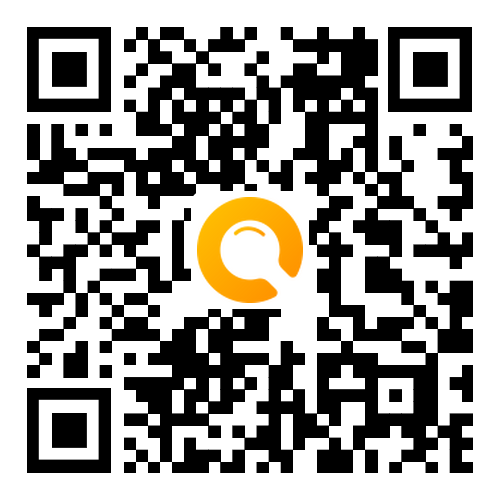 题目内容
(请给出正确答案)
题目内容
(请给出正确答案)
Common Faults and Eye MovementThere are a number of bad habits which poor readers adopt. M
Common Faults and Eye Movement
There are a number of bad habits which poor readers adopt. Most of these involve using extra body movement in the reading process. In efficient reading, the muscles of the eye should make the only external movement. Of course there must be vigorous mental activity, but extra body movements, such as pointing with the finger or moving the lips, do not help reading and often slow it down.
POINTING AT WORDS
A fault that is often seen when students are trying to concentrate is pointing to the words with a finger, pencil or ruler. Young children and very poor readers often point with a finger at each word in turn. Slightly more mature readers sometimes hold a pencil or ruler underneath the line which they are reading. While marking the line might be helpful for beginning readers, it is certainly unnecessary for normal readers. Besides slowing down the reader through the mere mechanical movement of pencil, ruler, or finger, pointing at lines or words tends to cause the student to focus his attention on the wrong thing. The important thing to concentrate on while reading is the idea that the author is trying to communicate, and not the location of the words on the page. The eyes of any child old enough to learn how to read are certainly skillful enough to be able to follow a line of print without extra help from fingers or rulers.
Another common fault that is easily observed is head movement. This most often occurs when students are nervous about their reading or trying hard, as during a reading speed test. With head movement the student tries to aim his nose at the word he is reading so that as he reads across the line his head turns slightly. When he makes the return sweep to begin a new line his head quickly turns back so that his nose is pointed at the left-hand margin, and he can now begin to read the new line by slowly turning his head. The belief that this head movement aids reading is pure nonsense. Eye muscles are quite capable of shifting the eyes from word to word, and the)' need no help from neck muscles.
Often students are quite unaware that they are moving their heads while reading and they need to be reminded by the teacher not to do-it.
VOCALIZATION
Vocalization is another fault. Some poor readers think it necessary to pronounce aloud each word as it is read. Usually this pronunciation is quite soft, so that the student is more whispering to himself than actually reading aloud, but even this is very undesirable. The chief disadvantage of pronouncing words while you read them is that it tends to tie reading' speed to speaking speed, and the silent reading of most normal readers is nearly twice as fast as their speaking. Usually this fault can be eliminated in older students by their own conscious effort, possibly with the aid of a few reminders from the teacher.
Vocalization by beginning readers is a common fault; after a reader reaches some maturity it becomes very undesirable.
Vocalization takes various modified forms. Sometimes a reader will merely move his lips soundlessly. At other times he may make tongue or throat movements without lip movement. Still other readers will have activity going on in their vocal cords, which can be detected by the student if he places his fingers alongside his vocal cords in the throat while he is reading. Vocal cord vibration can be felt with the fingers quite easily. Like true vocalization, these minor parts of "subvocalization" -- lip movement, tongue or throat movement and vocal cord movement -- can be stopped by conscious effort of the student.
SUBVOCALIZATION
Subvocalization is the most difficult of all types of vocalization. In suhvocalization there is no body movement. The lips, tongue or vocal cords do not move. But an inner type of speech persists: within the student's mind he is saying each word to himself, clearly p
A.Y
B.N
C.NG
 答案
答案

























